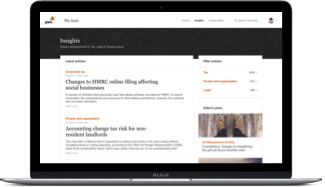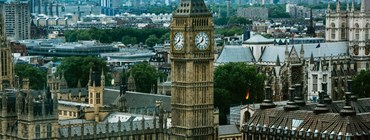As we enter 2018, the outlook for the world economy looks to be the most favourable we have seen since before the Global Financial Crisis. Both the IMF and the OECD are forecasting world GDP to increase by 3.7 percent for next year, which would make 2017/18 the strongest two growth years since the short-lived post-crisis bounce in 2010/11. Most private sector forecasters share this positive growth outlook and some are even more optimistic.
Meanwhile, unemployment has been falling in most major economies. The average unemployment rate across the G7 group of advanced economies is forecast by the IMF to be below 5 percent next year, for the first time since the 1970s.
All this is taking place against a background of fairly subdued inflation. Consumer price increases are expected to average just below 2 percent in the G7 economies next year, in the comfort zone for central bankers. Even in the UK – where inflation has risen to around 3 percent – it is expected to fall back gradually during 2018.
This positive economic picture has come up under the radar, emerging from a political fog which appears to have engulfed various major territories.
Consumers and businesses in most major economies, however, do not appear to have been phased by political developments. It is consumer spending and business investment which are the main drivers of global growth.

